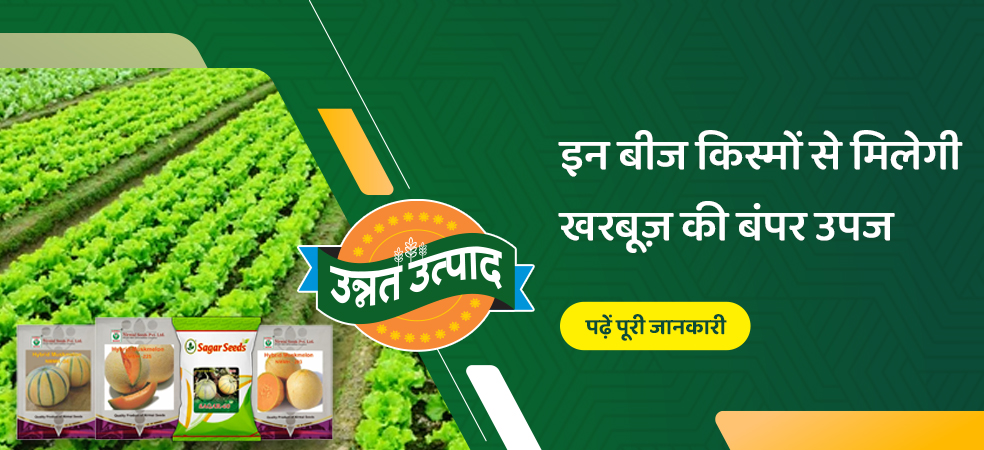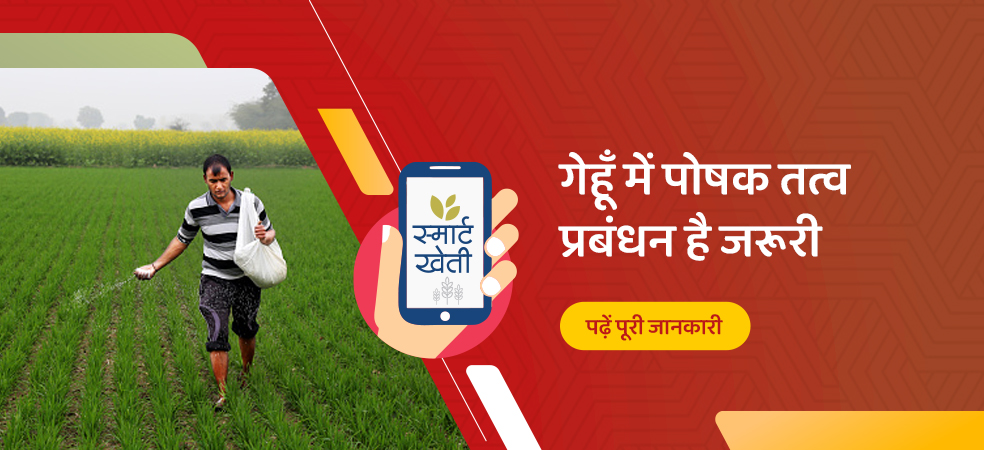The mustard crop is heavily infected with aphids and white rust at the flowering stage, which weakens the crops. Due to this, grains are not formed in pods and the quality of oil also declines. We can protect our crop from these diseases and pests by spraying the following, as well as by using Nutriful Max we can increase the flowering capacity of the crop, which gives bumper yield.
Control measures
To control this disease and pest and increase flowering, Spray Novaxyl (Metalaxyl 8% + Mancozeb 64% WP) @ 1 kg + Thianova 25 (Thiamethoxam 25% WG) @ 40 gm + Nutriful Maxx (Fulvic Acid Extract – 20% + Calcium, Magnesium and Potassium in trace amounts of 5% + Amino Acids) @ 250 ml per acre @ 150 to 200 litre of water.
ShareFor such important information related to the agriculture sector and farmers, do read Gramophone’s articles daily. If you liked today’s information then don’t forget to like and share.










